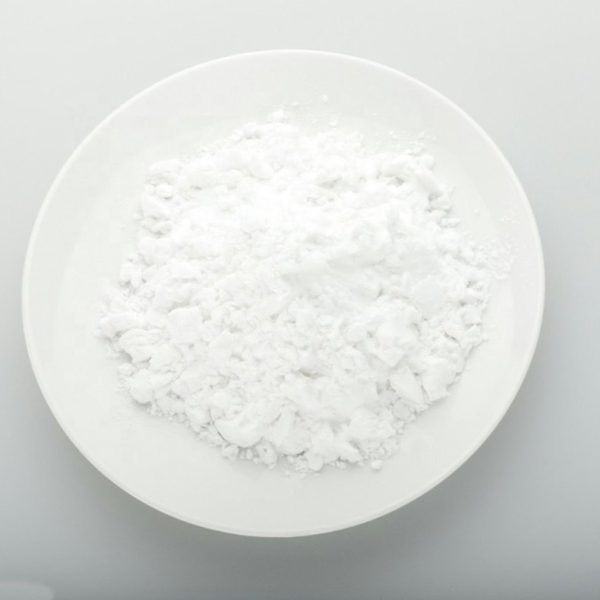
Nano-calcium carbonate has the characteristics of polymorphism, surface effect, small size effect, etc., and has good biocompatibility and biodegradability, which makes it have great application potential in drug delivery, tissue repair, biosensing, etc.
1. Targeted drugs
Nano calcium carbonate can be used as a carrier for a variety of hydrophobic and hydrophilic drugs. Its slow biological degradation characteristics allow the drugs to stay in the lesion area for a longer time, providing a guarantee for the sustained release of drugs. At the same time, the polymorphic transformation of nano calcium carbonate is closely related to the pH value, and the transformation of the crystal form can significantly affect the drug loading. Using the acid-base environment as a trigger for drug release to promote the controlled release of drugs in the acidic environment of the tumor can significantly improve the efficiency of targeted therapy.
In addition, nano calcium carbonate has stronger penetration and higher drug loading, which can prolong the circulation time in the blood, and has higher efficiency and stability in targeted therapy.
Porous nano calcium carbonate can load biomacromolecules such as anti-tumor drugs and enzymes, and release them continuously in biological systems; Shi et al. found that porous nano calcium carbonate treated with polyacrylic acid can effectively load doxorubicin, with a loading efficiency of more than 60%, and its mesoporosity shows a high drug loading and high release rate, with significant anti-tumor effect; porous nano calcium carbonate is used to load doxorubicin, with a loading efficiency of 98% and a loading capacity of 49%. Studies have shown that when the pH value is 5.0, nano-calcium carbonate releases calcium ions, catalyzes thrombin synthesis, forms thrombi to block tumor blood vessels, and no thrombi are formed at a pH value of 7.4. Its pH sensitivity has application value in tumor starvation therapy.
2. Tissue repair
From the perspective of tissue repair, nano-calcium carbonate is an ideal tissue repair material.
By adding nano-calcium carbonate to the restorative polymer, the antibacterial activity of caries-related pathogens is changed, which not only prolongs the life of the restorative polymer, but also plays a role in preventing caries and related diseases; adding nano-calcium carbonate to the antibacterial adhesive to study the effect of nano-calcium carbonate on the bonding strength between the antibacterial adhesive and dentin, the results show that nano-calcium carbonate has no adverse effect on the bonding strength.
3. Biosensor
Nano-calcium carbonate has a fast response characteristic with almost no interference due to the quantum dot effect, and can be used as an ideal imaging agent and biomarker.
A multi-walled carbon nanotube/nano-calcium carbonate composite material is prepared and used as a biosensor to detect dopamine levels, thereby treating neuronal diseases; alginate gel is first used to prepare a one-dimensional rod-shaped nano-calcium carbonate loaded with human anti-lymphocyte globulin, and then a conjugated cationic polymer is generated on the surface through a Schiff base reaction. The conjugated cationic polymer ultimately acts together with dopamine to exhibit mild hyperthermia and gene transfection functions under low-power density near-infrared irradiation.
